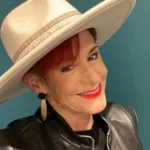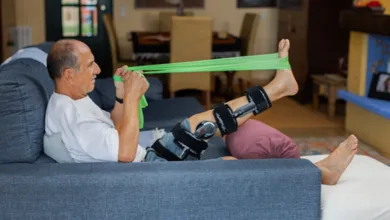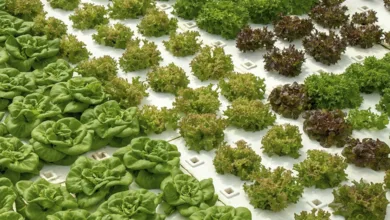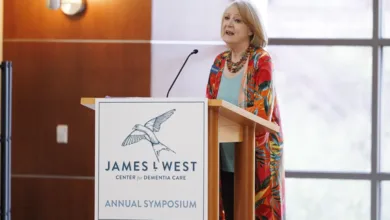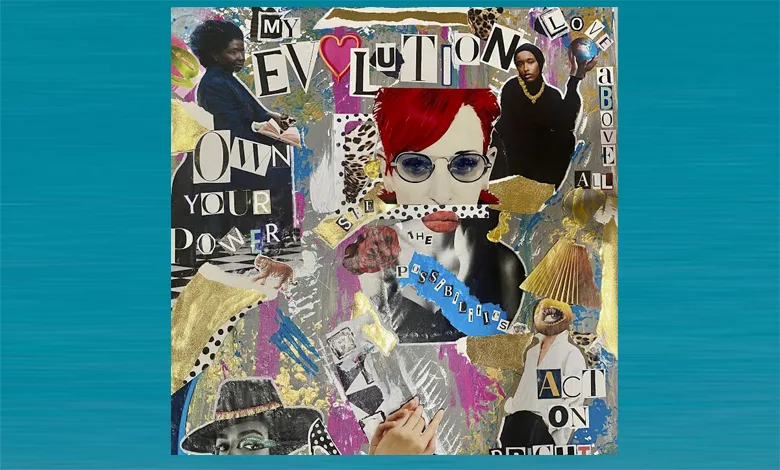
Just give me a pile of magazines, scissors, a canvas, and a smattering of paint, and I’ve concocted a magical prescription that moves me toward mental wellness step by step. There’s something about cutting, ripping, arranging, rearranging, painting, and pasting that is meditative and invigorating. It’s a form of therapy for me. While in this creative mindset, I have no idea where the haphazard creation process will take me, and I do not care about the result. It’s about the process that has meaning, the act of uncovering.
Using Art to Express Emotions
I’m not alone in my urge to create, especially when words fail to express the heavy and sometimes confusing emotions that surface during times of transition or after traumatic experiences. Humans have created art since, well, humans became humans. Discoveries of cave paintings date as far back as 65,000 years ago. Simple pictographs were a means of communication about matters of survival, but did you know our earliest ancestors created abstract art? That’s right, prehistoric humans created art for the sake of creating art.
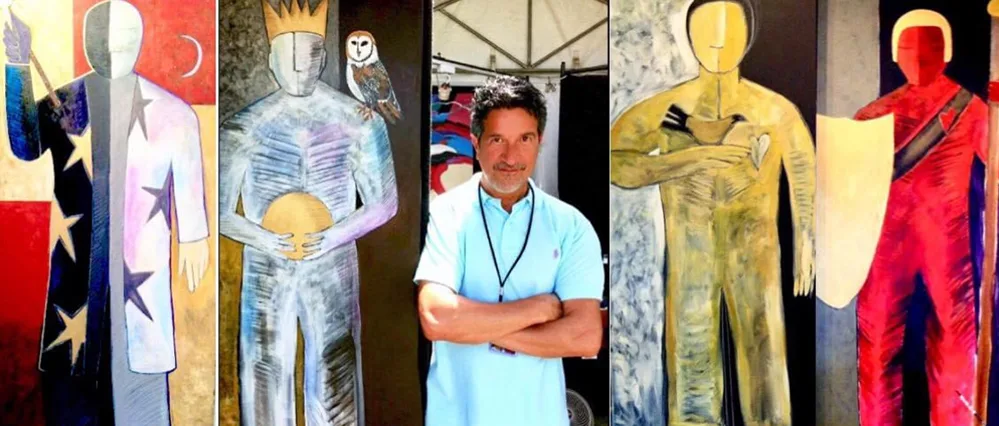
“It’s in our DNA,” says Marty Ruiz, a Dallas-based artist, teacher, and entertainer who jokingly refers to himself as a Renaissance man because that is what many call him. “Everything we do is an extension of creativity. When we ‘put things together’ in a new way, that’s making art.”
Ruiz’s current foray into creative self-expression happens in his kitchen. “Many people may not think of cooking dinner as an artistic endeavor, but it is! By experimenting with different ingredients and combinations of flavors, I’m creating something new.”
For Ruiz, the creative process of cooking is therapeutic. “I stay as present as possible and enjoy each step.” Of course, when the result simmers into a flavorful, nutritious meal for Ruiz and his husband Larry, that’s the chef’s kiss.
Science bears out what Ruiz experiences when he’s engaged in cooking and what I experience when cutting and pasting: a calming of the mind, increased focus, stress relief, and perhaps, most importantly, a safe space to process emotions. Engaging in creating, whether in the kitchen, on a canvas, at the typewriter, or on one’s bedside table where a doodling tablet beckons, art can help us heal.
Advantages of Creative Self-Expression on Our Mental Well-Being:
(According to the American Psychological Association and the National Institute of Health)
- Enhanced self-soothing abilities
- Stress relief
- Heightened focus
- Improved problem-solving skills
- Enhanced communication skills
- Improved mental health
- Increased ability to cope with chronic physical illnesses
- Ability to face past traumas and emotional triggers
- Elevated self-esteem and self-worth
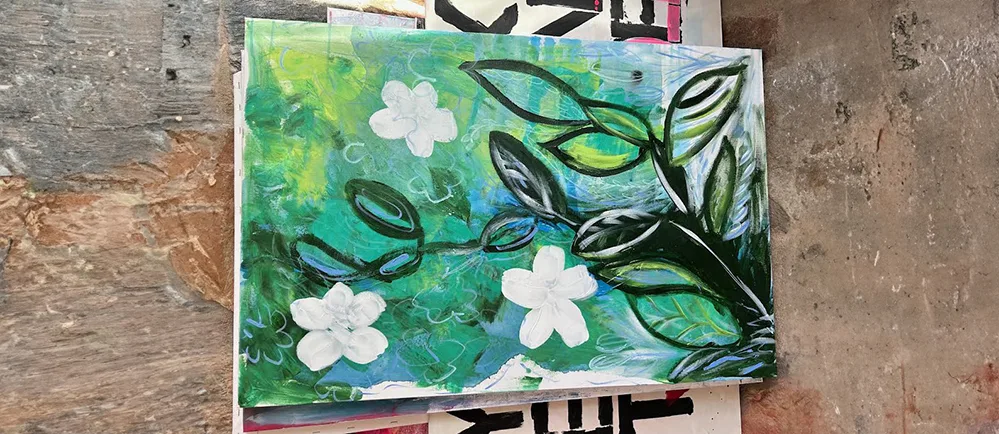
Art is Where the Healing Begins
For Shannon Woodruff, a Phoenix-based artist, entrepreneur, and master of reinvention, being creative is a spiritual practice. “Creating is why we are here. Everything else is secondary.” She lives by the tenet that the act of creating is the purpose, not the outcome. Woodruff says when it comes to the medium of her expression, she’s a “shapeshifter.” Over the years, she’s experimented with painting, cooking, sewing, sculpting, and making jewelry. She is also the creator of five companies, most recently a brand-managing business for other creatives.
For Woodruff, creativity comes naturally. “I cannot remember a time when I wasn’t creating. From the time I could use my hands, I made art in one form or another.” But for most of us, fear that what we produce won’t be good enough stifles our natural creativity and prevents us from even getting started.
Woodruff offers this advice: “Don’t ‘should’ yourself. The very act of creating is the purpose, not the outcome.” Case in point: Woodruff says she has canvases that she’s repainted over 20 times. She explained that the quality of her work is not her goal. Her goal is self-expression. “Don’t limit yourself to the visual arts,” reminds Woodruff. Other expressive arts like dance allow you to bring up deep feelings and create some space. That space, says Woodruff, is where healing begins.
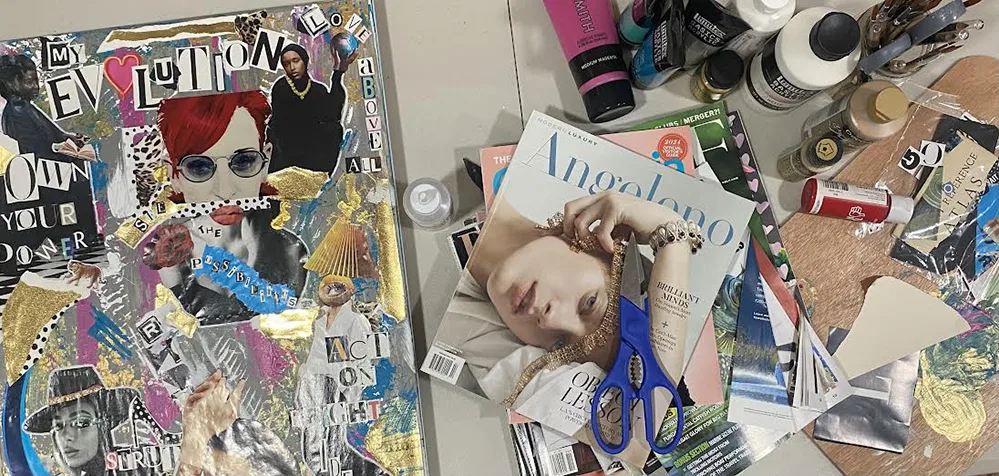
Ready to Try Art Therapy? You Already Have What it Takes! Give These a Shot:
- Collage and doodle
- Cooking and gardening
- Paint and sculpt
- Make jewelry or sewing
- Scrapbooking
- Write poetry or your life story
For thousands of years, art has been indispensable in helping us make meaning in our lives and the world around us. It only makes sense that we tap into its magical ability as a form of mental health therapy to help us process our complex emotions, communicate our thoughts, feelings, and desires, and dive into the wondrous depths of our imaginations.
Happy creating!

